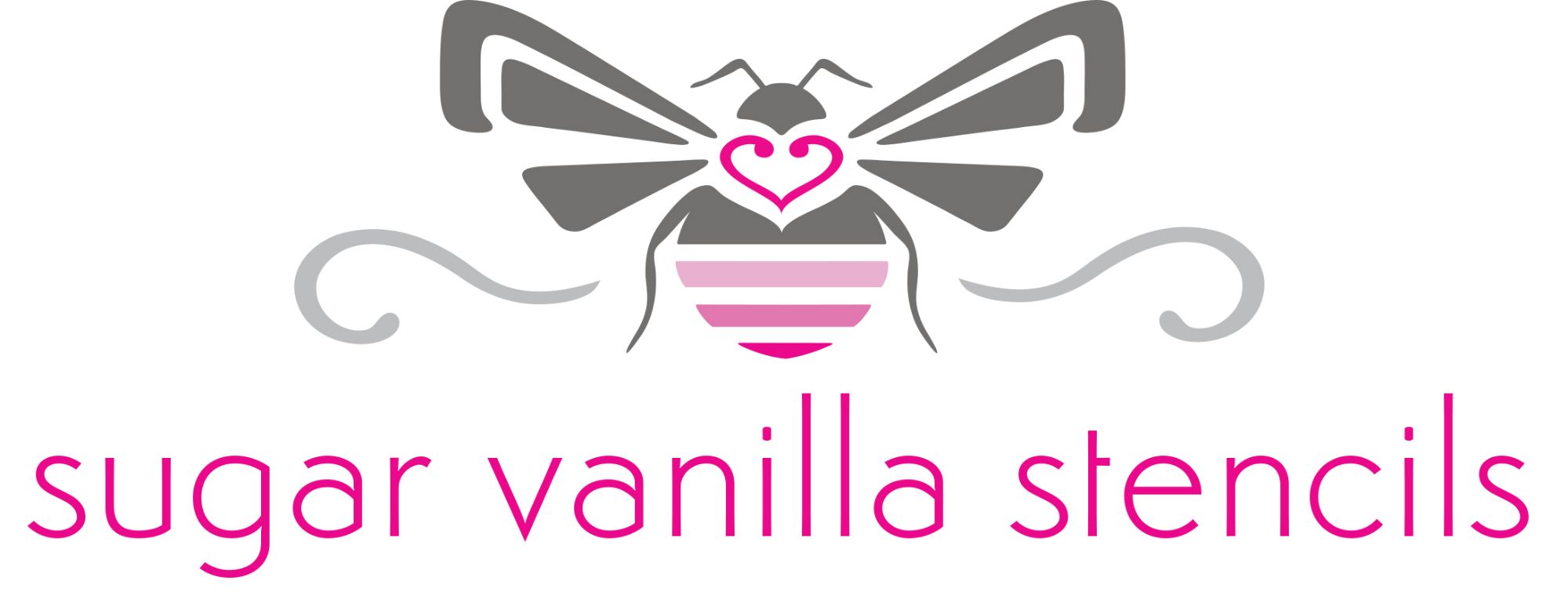Cake Decorating FAQ
Click on the + for more information on each question.
Have a question that's not answered here? Let me know and I'll add the answer for you.
What is the difference between sugarpaste, fondant and ready to roll icing?
Nothing! They're all the same thing; a soft, pliable and flexible sugar dough, made with sugar and glucose.
The confusion arises because in different countries it's called different names. In the UK it's called sugarpaste and in the USA and Australia it's called fondant. Ready to roll icing is another name that is used sometimes.
And to add extra confusion, in the UK fondant icing is a thin liquid icing that is poured. The most well known cake is the petit fours - little cakes with fondant icing poured over.
Cupcake topper sizes explained
I use the dry stencil technique to create my cupcake toppers. See the section above.
I work with three different sized cutters for my cupcakes:
- Domed cupcakes: 85mm round cutter and a cupcake dome sponge to shape it on
- Flat cupcake toppers: 65mm cutter and straight onto a freshly flat-iced buttercream cupcake. This size is for cupcakes made in muffin pan, not fairy cakes
- Smaller cupcake toppers: 55cm round cutter. You can place these directly onto a cupcake or you can dry them on a flat sponge overnight and then place them upright or on top of a buttercream swirl.
Buttercream or frosting and just how many different types are there?!
This is a fun one! There are many varities of buttercream, also known as frosting, and they all involve icing sugar, which is also known as powdered sugar. For how to make the different buttercreams, please have a look at the recipe section.
I've called my version of American Buttercream, British Buttercream because I don't use vegetable shortening in my buttercream. American buttercream doesn't always include shortening but a lot of the recipes will be a either a mix of butter and shortening, or even just shortening on it's own. All buttercreams can be flavoured with extracts and essences.
- British Buttercream - made by beating butter and icing sugar together. No vegetable shortening is added.
- American Buttercream - made by beating butter, vegetable shortening and icing sugar together . Probably the most common buttercream, it's easy to colour and stable to pipe.
- Swiss Meringue Buttercream - egg whites and sugar are beaten together over a low heat to make a meringue, once cool, butter is added. A soft buttercream, less sweet than American.
- Italian Meringue Buttercream - hot sugar syrup is added to whisked egg whites, once cool, butter is added. Firmer than Swiss and can be piped.
- German Buttercream - a custard based buttercream, made with pastry creme and butter. Melts at room temperature.
- French Buttercream - hot sugar syrup is slowly added to whisked egg yolks, once cool, butter is added. A rich yellow buttercream that is very soft. Not suitable for piping.
- Ermine Buttercream (also known as boiled frosting, flour buttercream, heritage frosting) - Flour, sugar and milk are boiled together to make a milk mixture, which, once cooled, is added to beaten butter. Light and good for piping.
- Cream Cheese Frosting - cream cheese beaten together with icing sugar. Usually found paired with Red Velvet cake.
- Vegan Buttercream - Using Butter is replaced with plant based substitutes.
- Bean Paste Buttercream - made with white beans, sugar and salt.
Are all lustre dusts edible?
On average, yes they are. When looking to buy lustre dusts you need to check that it says edible on the packaging. There will also be a use by date. Always check the packaging because it can vary from brand to brand.
Non-toxic does not mean edible. It just means it won't poison you if you eat it. Most glitter dusts are non-toxic, so are not edible. And you are advised to remove any elements decorated with them from your bakes before serving them.
Petal dusts, which are used for decorating sugar flowers, are usually not edible. However tints usually are.
Have a question?
If you have a question to add to the FAQ, please email via the form on the Stencil 101 page.
